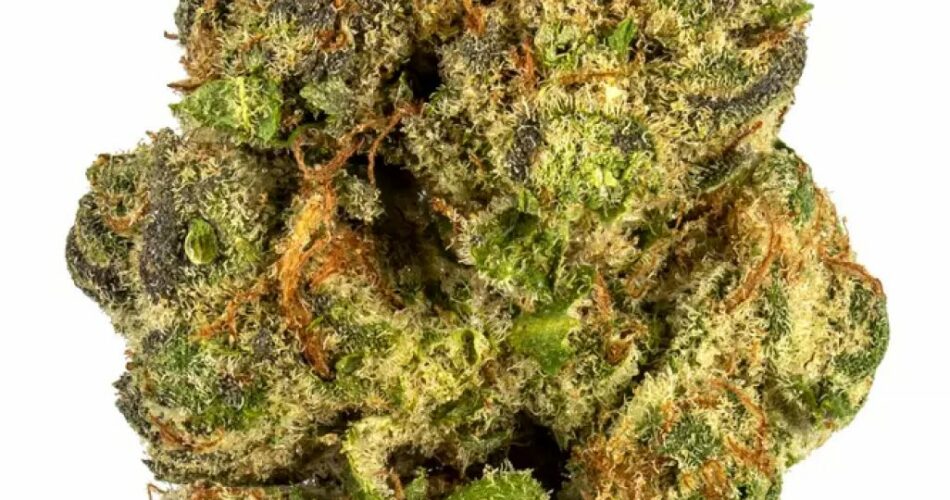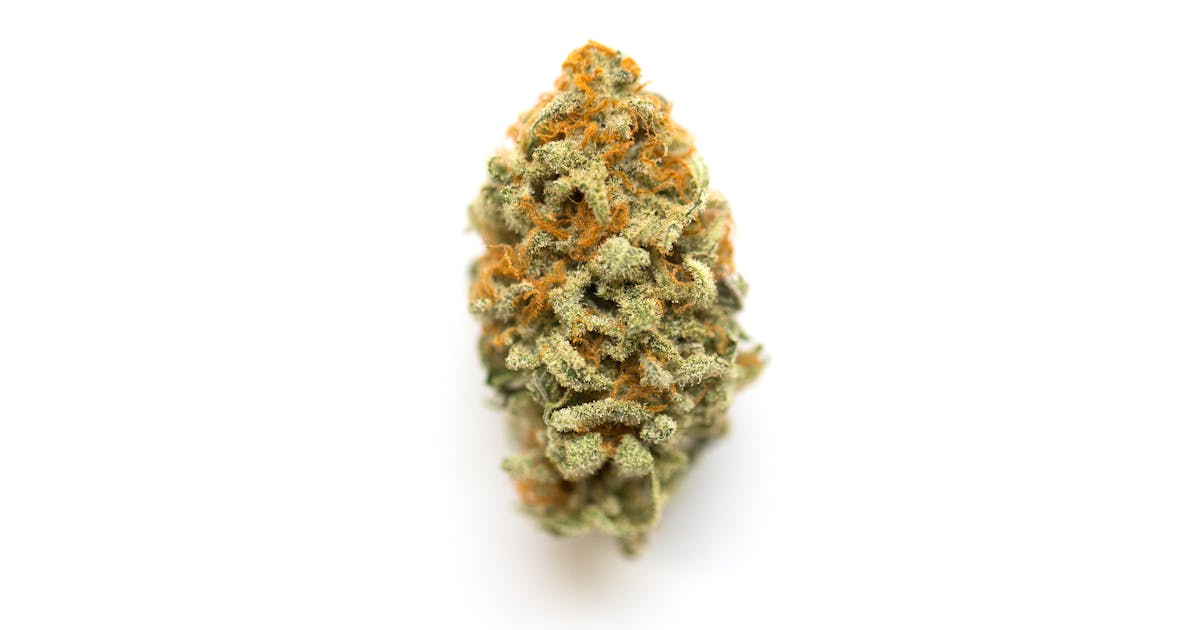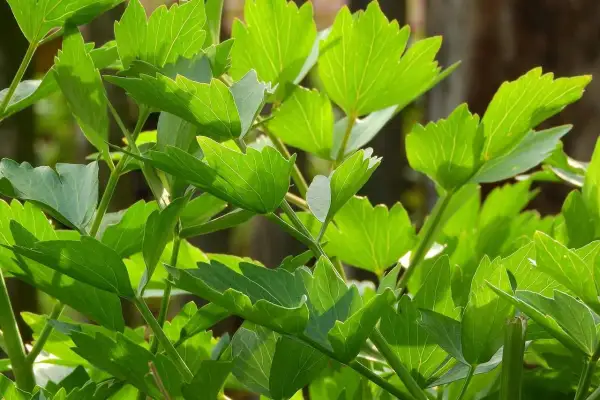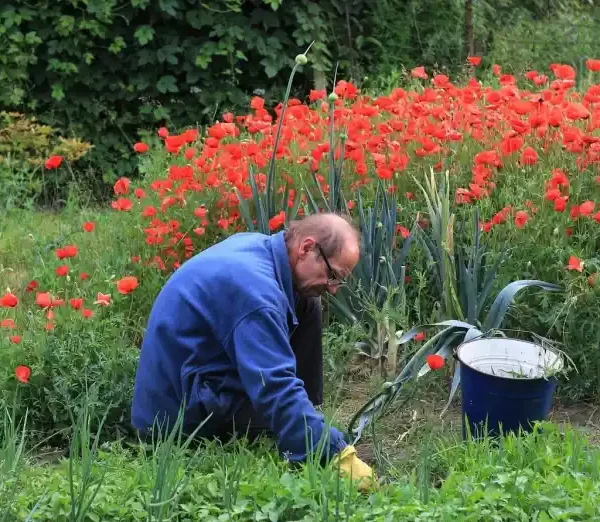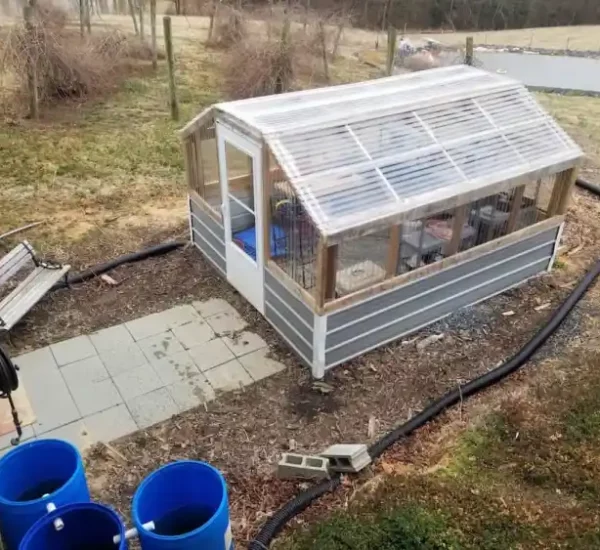Plant propagation through cuttings is a fundamental horticultural technique used to reproduce plants with desirable traits. Understanding the types of cuttings is essential for successful propagation. Here we detail the three primary types of cuttings: herbaceous, softwood, and hardwood, referencing authoritative sources.
Herbaceous Cuttings
Description
Herbaceous cuttings are taken from non-woody plants, such as perennials and houseplants. These cuttings are typically soft and green, consisting of the plant’s fresh, new growth.
Propagation Technique
- Timing: Best taken during the growing season when the plant is actively producing new growth.
- Method: Select a healthy stem and cut it just below a node (where leaves attach). The cutting should be about 4-6 inches long.
- Rooting: Place the cutting in a well-draining medium, such as a mix of perlite and peat moss. Maintain high humidity and consistent moisture.
Softwood Cuttings
Description
Softwood cuttings are taken from the young, soft, and pliable growth of woody plants, usually in late spring to early summer.
Propagation Technique
- Timing: Optimal in late spring to early summer when the wood is still soft but mature enough to be cut without collapsing.
- Method: Cut 3-6 inches from the new growth, ensuring the cutting includes a few leaves. Remove any flowers or buds.
- Rooting: Insert the cutting into a well-draining medium. Use rooting hormone to encourage root development and keep the environment humid.
Hardwood Cuttings
Description
Hardwood cuttings are taken from mature, dormant wood of deciduous plants or evergreens, typically during the plant’s dormant season (late fall to early spring).
Propagation Technique
- Timing: Best taken when the plant is dormant to reduce stress and increase the chances of successful rooting.
- Method: Cut sections of wood from the previous season’s growth, each about 6-12 inches long. Ensure each cutting has several nodes.
- Rooting: Insert the cutting into a sandy or soil mix, burying at least one node underground. Keep the cuttings in a cool, protected area until new growth appears.
Conclusion
Understanding and utilizing herbaceous, softwood, and hardwood cuttings can significantly enhance your plant propagation efforts. Each type has specific requirements and optimal conditions for success. For more detailed guidance, consult resources from reputable horticultural organizations and extension services.
What are herbaceous cuttings?
Herbaceous cuttings are taken from non-woody plants, such as perennials and houseplants. These cuttings are typically soft and green, consisting of the plant’s fresh, new growth.
When is the best time to take herbaceous cuttings?
The best time to take herbaceous cuttings is during the growing season when the plant is actively producing new growth.
How do you propagate herbaceous cuttings?
Cut a healthy stem just below a node, about 4-6 inches long, and place it in a well-draining medium. Maintain high humidity and consistent moisture for rooting.
What are softwood cuttings?
Softwood cuttings are taken from the young, soft, and pliable growth of woody plants, usually in late spring to early summer.
When should softwood cuttings be taken?
Softwood cuttings should be taken in late spring to early summer when the wood is still soft but mature enough to be cut without collapsing.
What is the best way to root softwood cuttings?
Cut 3-6 inches from the new growth, remove any flowers or buds, and insert the cutting into a well-draining medium. Using rooting hormone can help encourage root development.
What are hardwood cuttings?
Hardwood cuttings are taken from mature, dormant wood of deciduous plants or evergreens, typically during the plant’s dormant season.
When is the optimal time to take hardwood cuttings?
The optimal time to take hardwood cuttings is during the plant’s dormant season, from late fall to early spring.
How do you propagate hardwood cuttings?
Cut sections of wood from the previous season’s growth, each about 6-12 inches long, and insert the cuttings into a sandy or soil mix. Bury at least one node underground and keep the cuttings in a cool, protected area.
Why is it important to understand different types of cuttings?
Understanding different types of cuttings allows gardeners to choose the appropriate method for the specific plant type and season, enhancing the chances of successful propagation.
- Tennessee’s THC Beverage Market - June 5, 2025
- Top THC Infused Seltzers in Delaware - June 5, 2025
- Florida’s Hottest THC Infused Beverages - May 28, 2025

